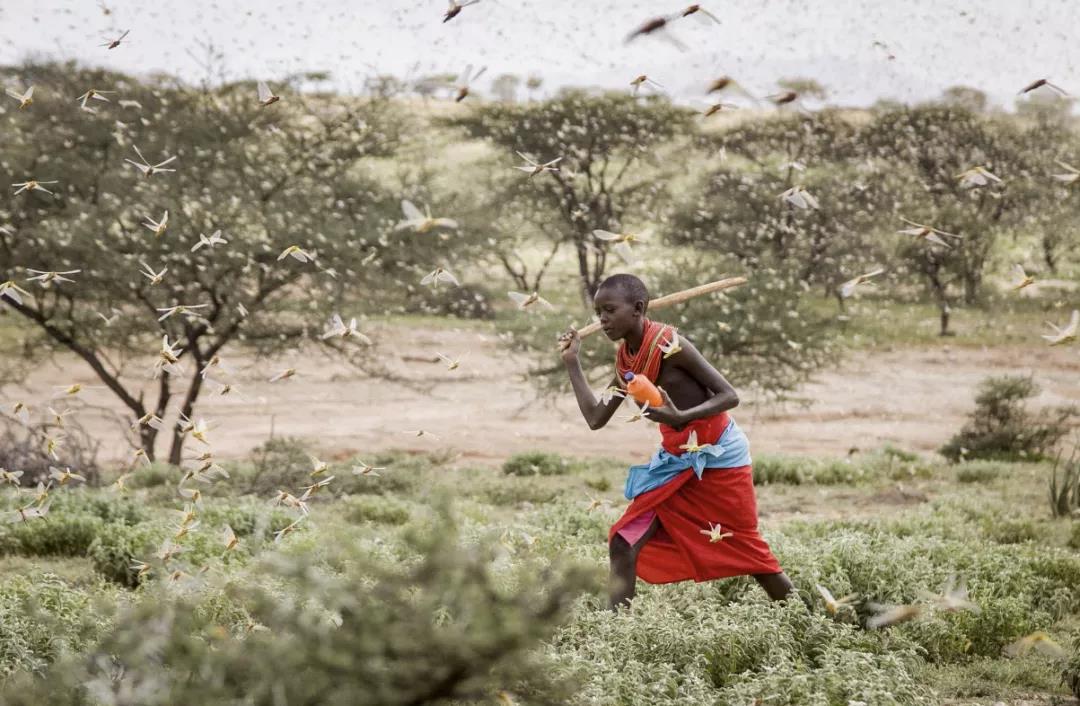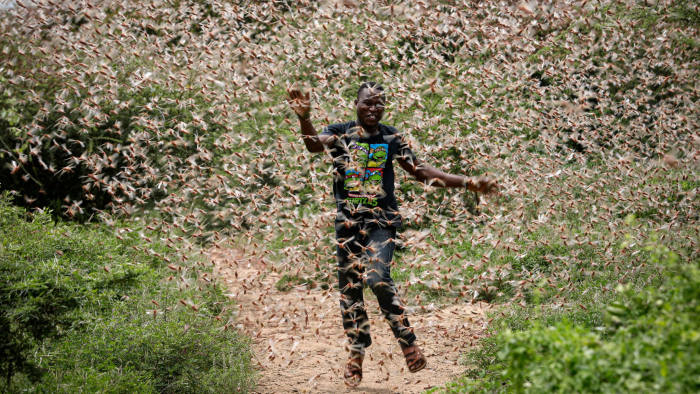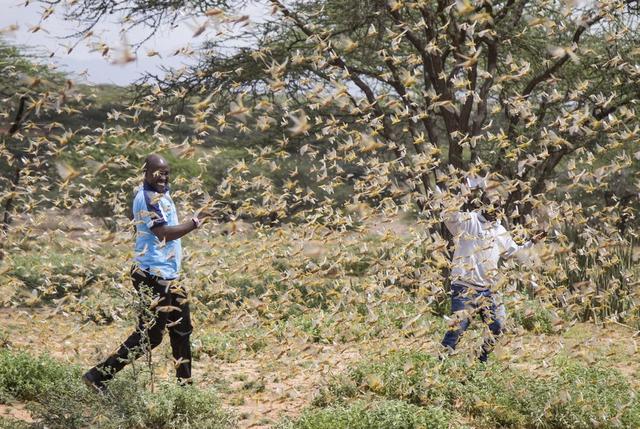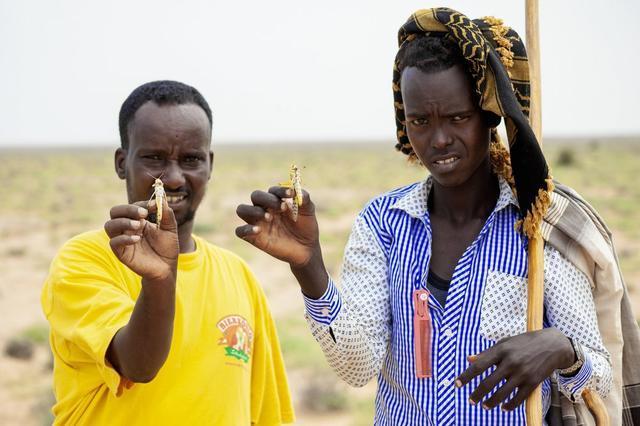
Stepping into the second month of 2020, you might have heard of various natural disasters happened in different parts of the world. For example, Australian mountain fire and volcanic eruption in the Philippines.
As we are working hard to combat the Wuhan Coronavirus pandemic, Africa on the other side of the planet is experiencing a painful battle too.

The locust disaster is an enemy as well as a nightmare for every African. The Arabian Peninsula and Africa are places where locusts appear every year, but this time the scale is too large to overwhelm the people. This year, locusts have reached as much as 360 billion in East Africa, and the number is still increasing.

The first affected area was Kenya in East Africa. No one dared to go out when they saw the army of locusts on the plains. For Ethiopia and Somalia, this is the worst locust disaster in 25 years. In addition, large swarms of locusts have attacked Uganda and Tanzania, approaching Ethiopia's granaries in the Great Rift Valley of East Africa.
The origin of the locust disaster
The origin of this locust crisis is actually Yemen, which is separated from East Africa by a sea. Beginning in the middle of last year, Yemen suffered from heavy drops of rain caused by typhoons. These unexpected rains have provided the best conditions for locusts to lay eggs. It takes only one month for the eggs to turn into adults, after which the locusts flew over the Red Sea and moved to the African land.

The African's efforts in this disaster
The people in East Africa are trying their best to scare off the locusts. Every day, the Africans would ride their motorcycles and honk their whistle, hoping the locusts to leave like other poultry. Besides, there are children trying to deter these locusts with shouts. It can be seen that these methods are completely ineffective.
The aftermath of this disaster
The most terrible thing is that these locusts eat the food of people every day. The locusts of ordinary size consumed 2,500 people's food every day. Hence, these crops cannot grow to maturity, and the hard works of the farmers are transformed into nothing. This has made the situation in Africa, which has been facing famine, even worse.

Thousands of locusts covered the sky and this made the pilots could not see properly. Besides, the helicopter's engine was flooded by locusts too. If these locusts cannot be eliminated, the next victims will be India, Pakistan and other Central Asian countries. Especially Pakistan, which is now facing a severe wheat crisis. The prices of flour and bread in Pakistan are very high. According to expert estimates, if locusts continue to rag, Pakistan will face a famine by 2021 at the latest.

The only effective way to deal with locusts is aerial spraying, but this time this method did not work at all because there are only three chemical pesticide spraying planes in Ethiopia and only five in Kenya. How can they deal with 360 billion locusts?
In addition, many areas in southern Somalia are controlled and threatened by the extremist organization, so it is even more unlikely that aircraft will be used to spray pesticides to kill these locusts.
What else is waiting for us? Hopefully, there are signs of improvement on the earth soon.





